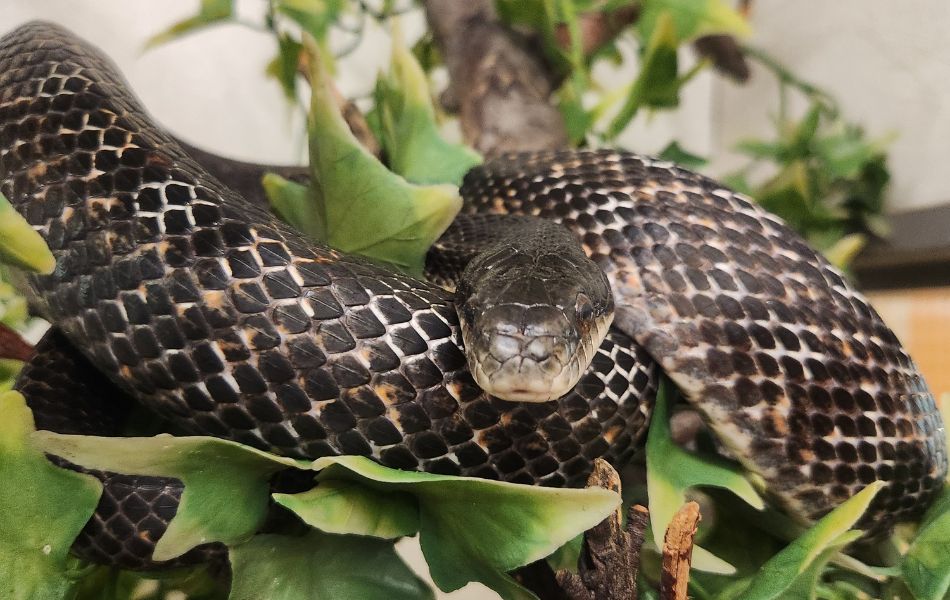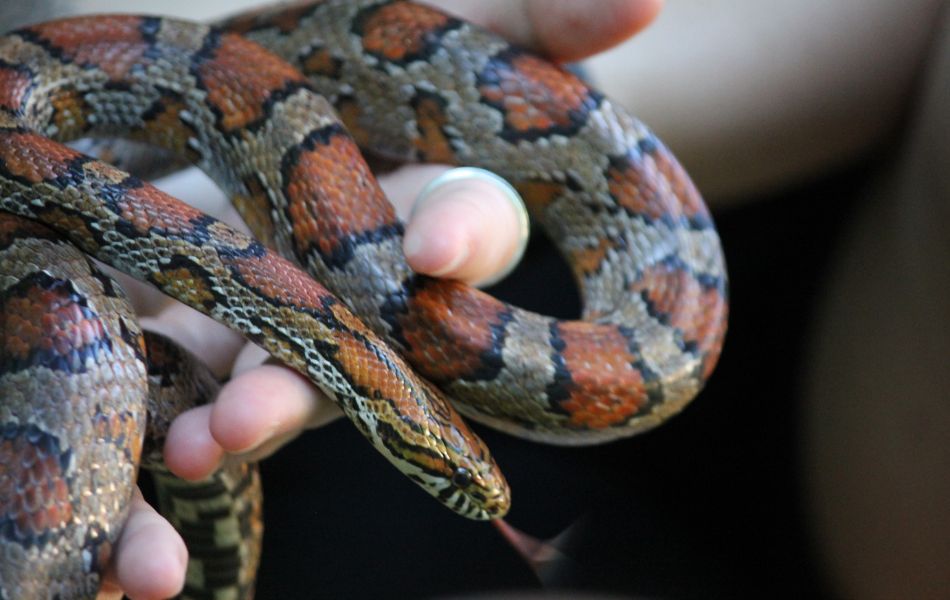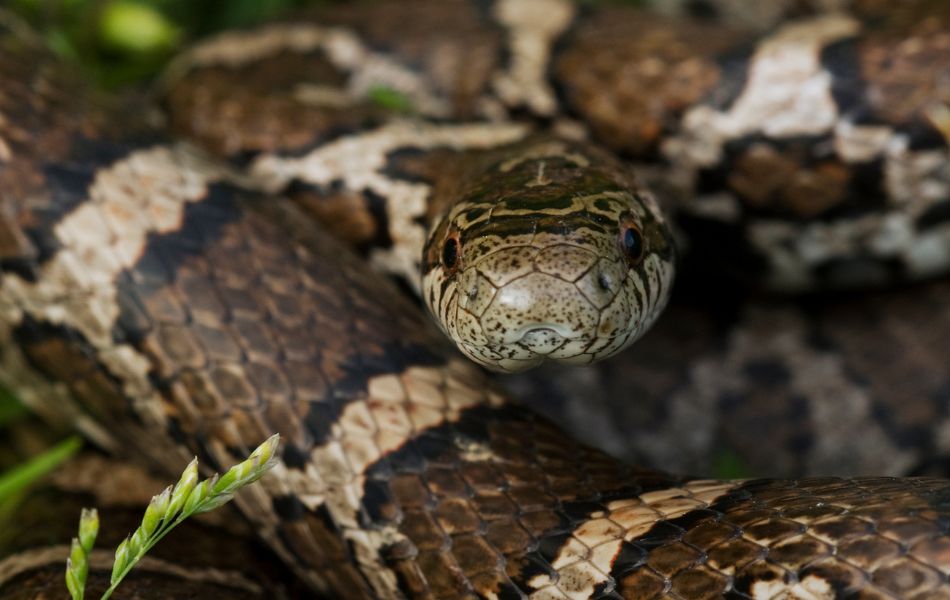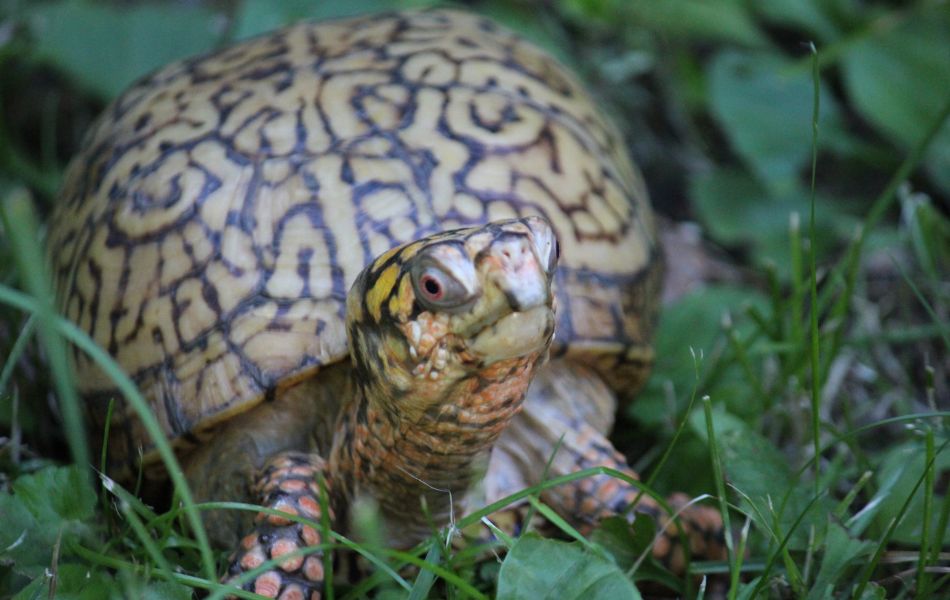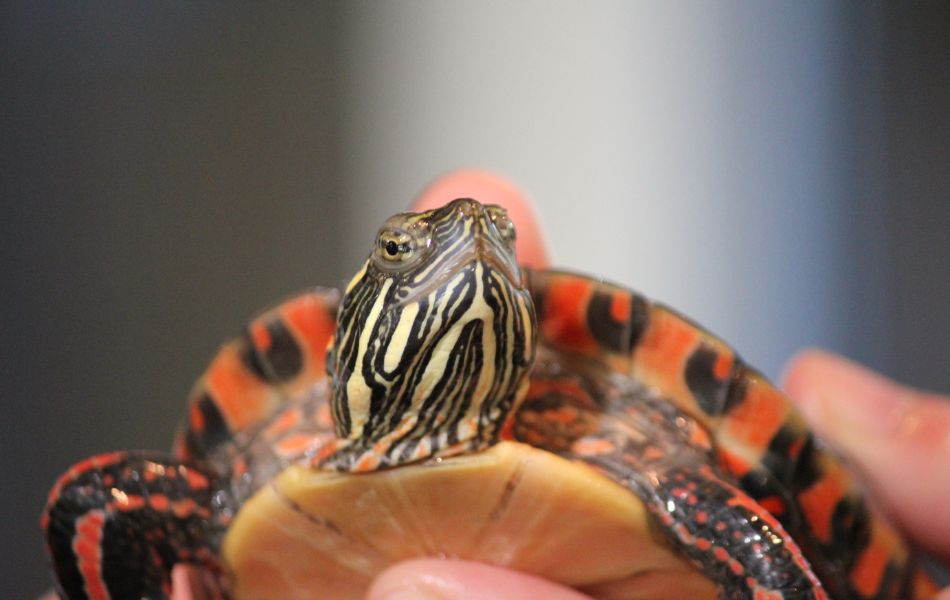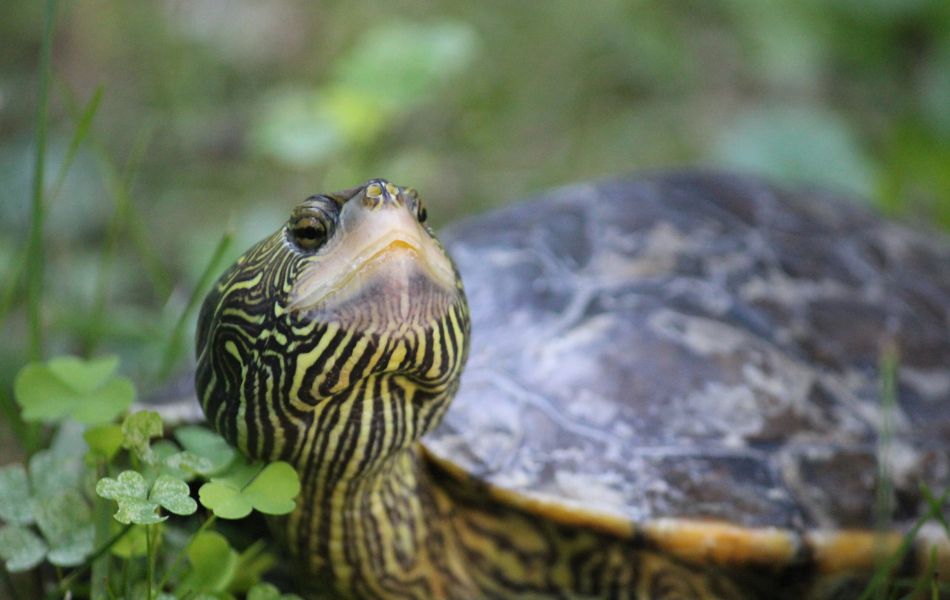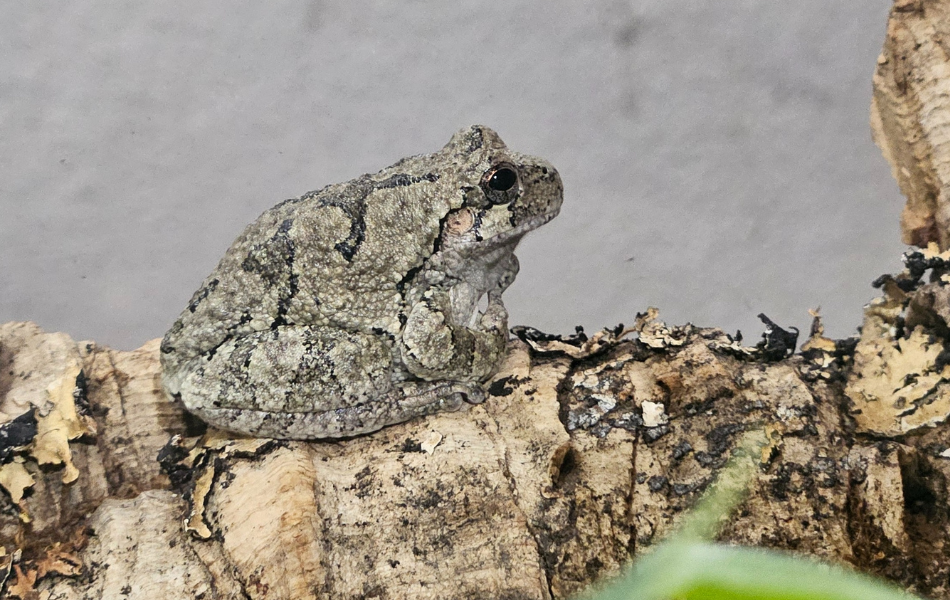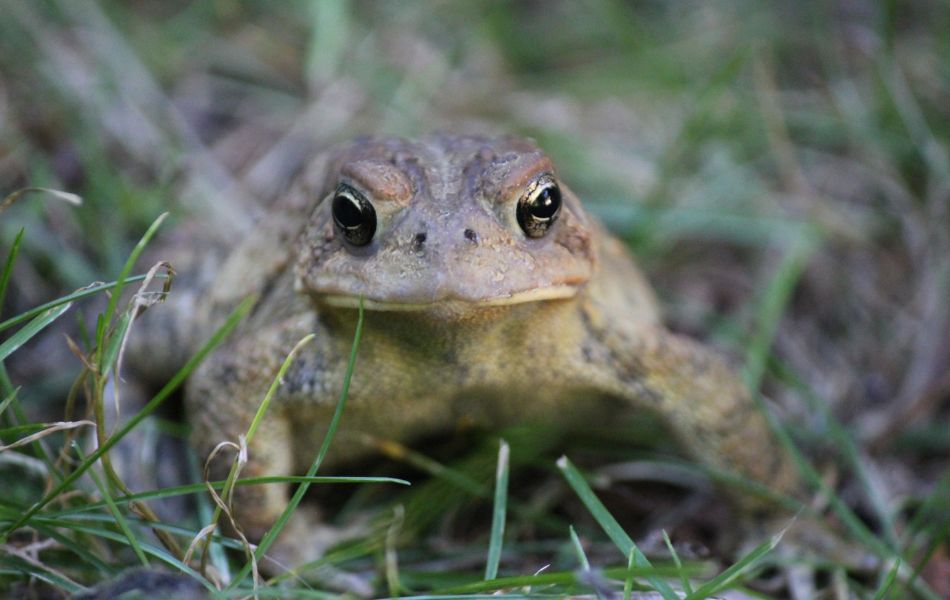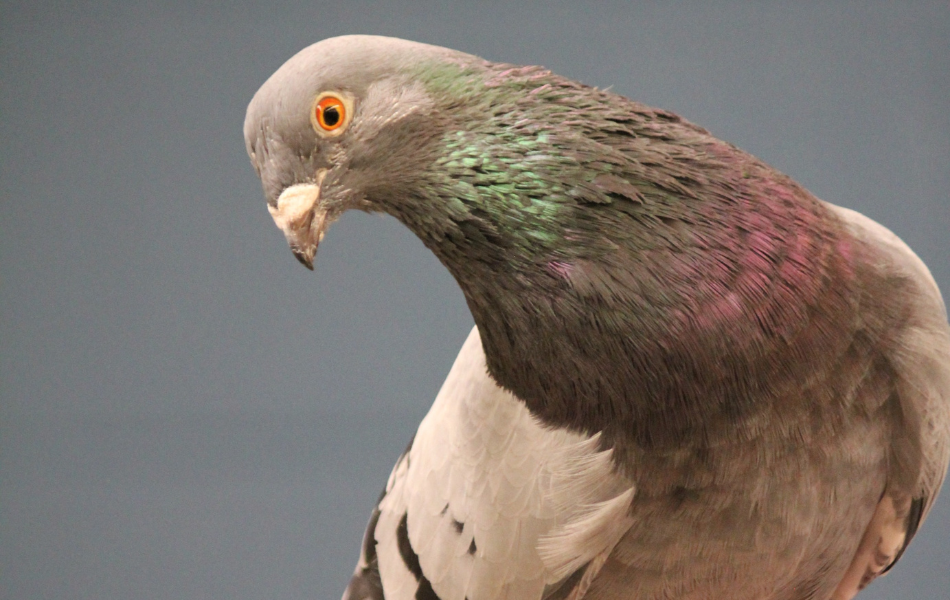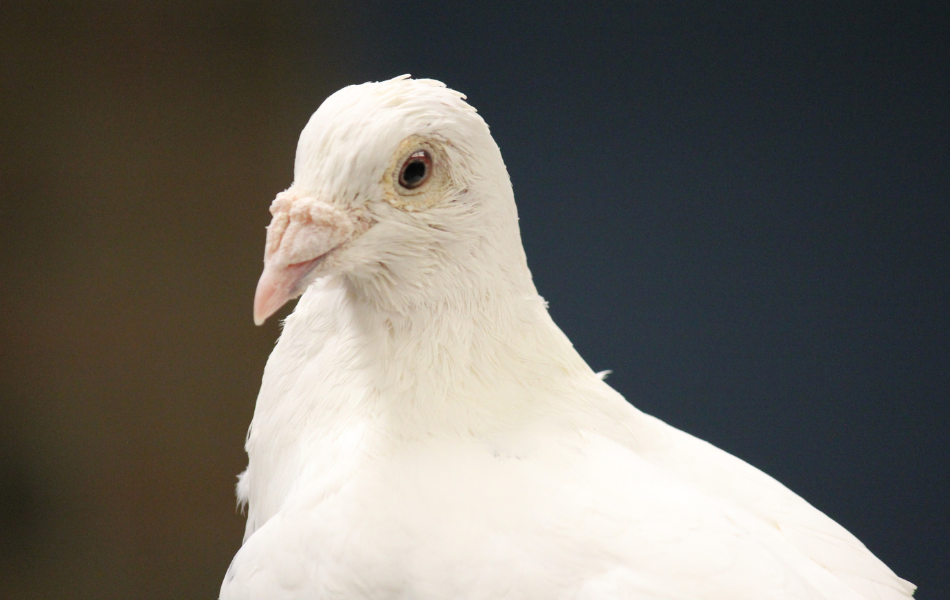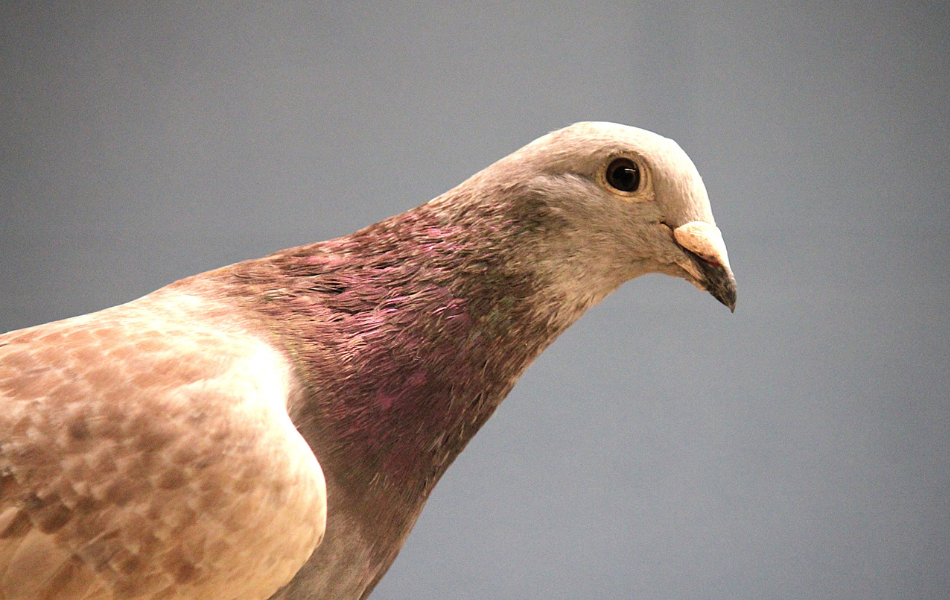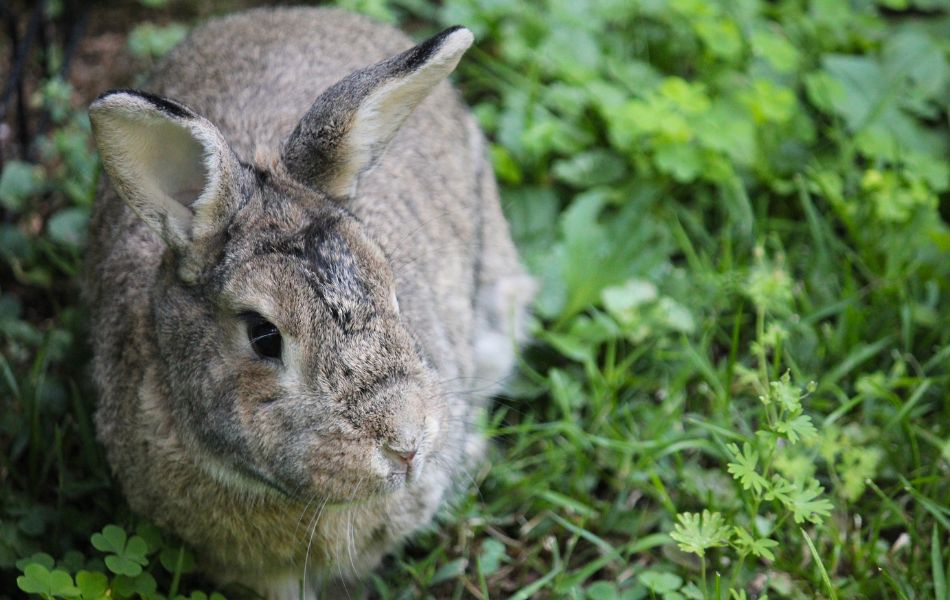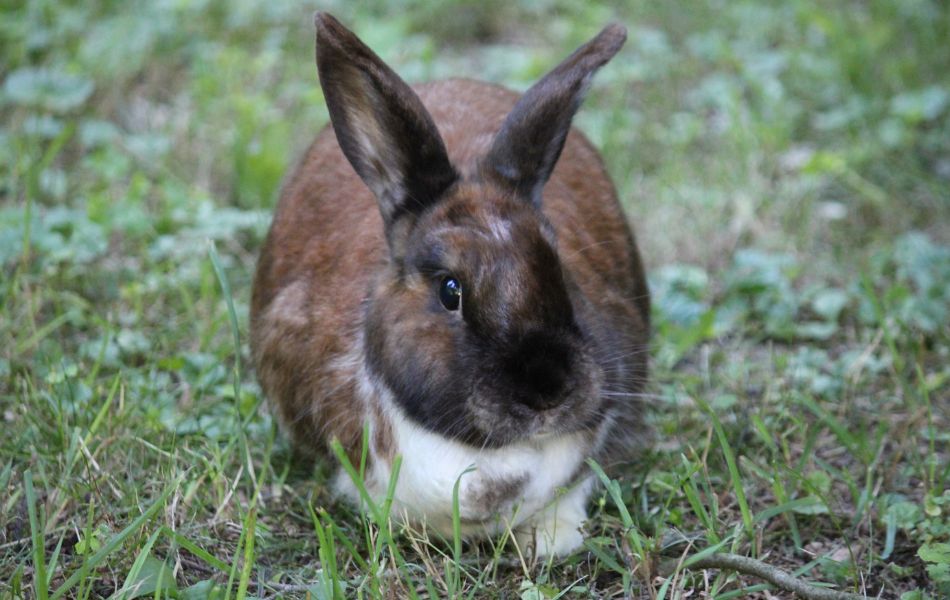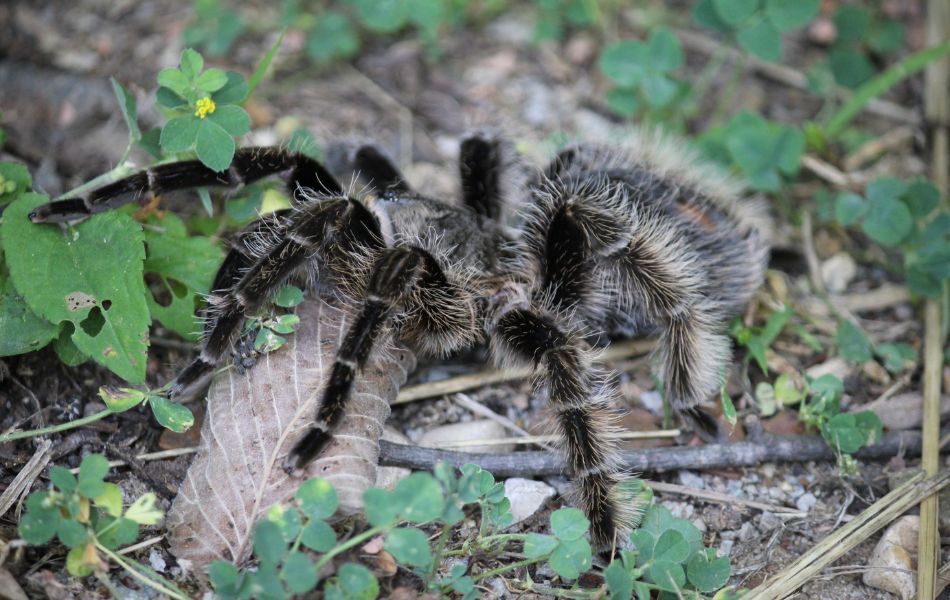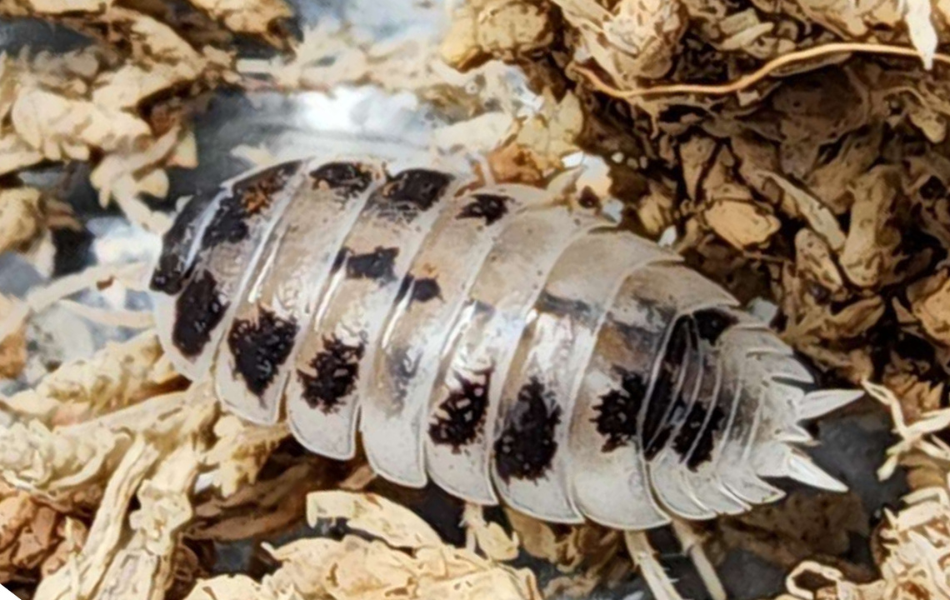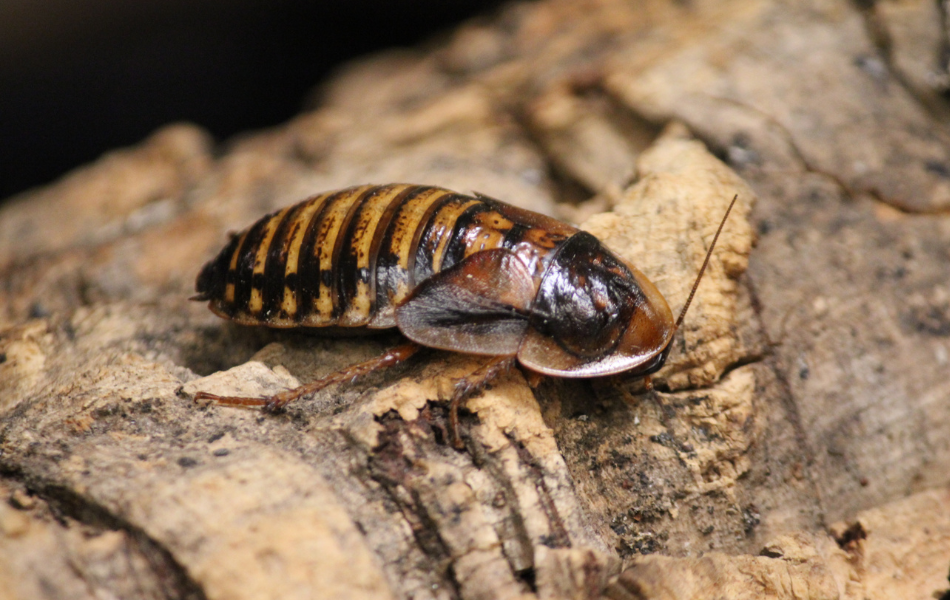Rodenticide is just as harmful to rodents as it is to the wildlife that eats them. They are designed to entice rodents to eat them, but other wildlife such as squirrels, opossums, skunks, raccoons, and foxes will often consume the poison.
Many poisonings occur secondarily when the animal is predated on and eaten by another animal. Since rodenticide rarely leads to an immediate death, the poisoned animal becomes slow and is easier to predate on. If a predator consumes several poisoned individuals, the rodenticide bioaccumulates, or builds up, in their bodies. This often causes a slow and painful death. It is difficult for wildlife rehabilitators to identify rodenticide poisoning as there is no test for it.
Scavengers such as opossums, turkey vultures, and bald eagles are also susceptible when they eat the poisoned carcasses.
Alternatives:
Use snap traps or electric traps to get rid of pests in the home. Never use glue traps as they are inhumane and indiscriminate- many other animals can become stuck to them.
Seal entry points into your home. Secure food resources that may attract rodents.
Encourage predator species such as snakes, hawks, and owls to live nearby to reduce the rodent population. Put up nest boxes for owls.
Resources:
https://wildlifecenter.org/help-advice/wildlife-issues/rodenticide-poisoning-wildlife

